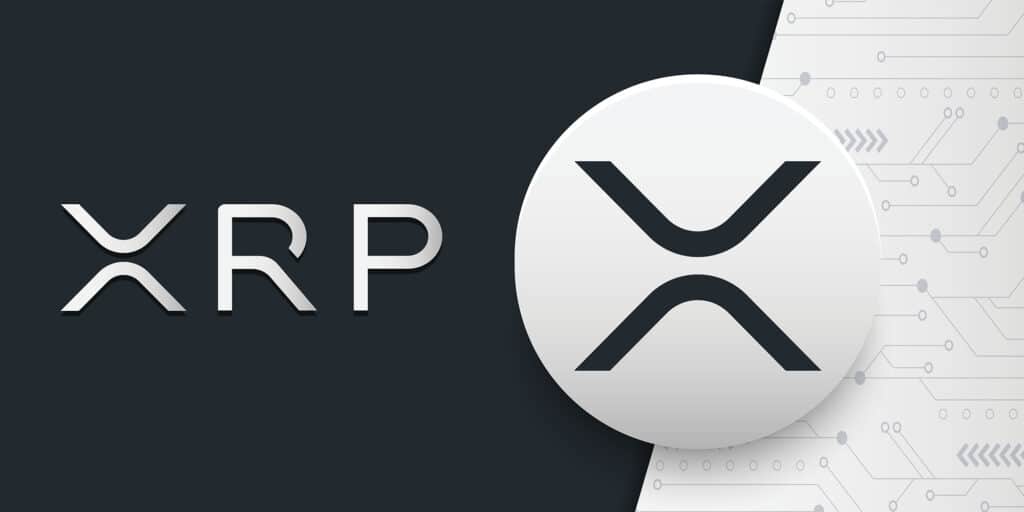TLDR
- Arthur Britto revealed that XRP was designed to operate quietly in the background of the Ripple network.
- Ripple is intended to be used only when it offers the most efficient path for a transaction.
- Ripple built the XRP Ledger to support multiple currencies and reduce reliance on any single asset.
- Britto stated that the value of XRP matters less than the transaction spread captured by market makers.
- Ripple’s launch of RLUSD in 2024 supports Britto’s original vision by allowing transactions without direct exposure to XRP.
A 2013 email from Ripple co-founder Arthur Britto has resurfaced, shedding light on XRP’s foundational purpose. According to Britto, XRP was designed as a background asset within the Ripple payment system. This vision emphasized functionality and utility rather than public visibility or speculation.
Ripple developed the XRP Ledger (XRPL) to support seamless financial transactions with minimal user engagement with XRP itself. XRP plays a key role in maintaining transaction speed and efficiency, but operates invisibly to most users. The goal was to make the digital asset part of the infrastructure, not the product.
Britto outlined a design where Ripple quietly enabled cross-border payments, acting only when needed for optimal performance. The system supports multiple currencies, allowing XRP to function as a bridge asset when it’s the best option. This optionality reduces systemic reliance and increases network flexibility.
XRP is Designed as a Background Asset
Ripple positioned XRP as a utility-focused asset from the beginning, not a speculative centrepiece. Britto’s 2013 email highlighted XRP’s role in reducing transaction costs without exposing users to its price. He emphasized atomic transactions, which ensure that users only care about efficiency, not price volatility.
Arthur Britto: XRP is the Hidden Plumbing https://t.co/SEbkA8XWtZ
— RIZ.. 🇺🇸 🇵🇷 (@RizXRP) June 15, 2025
This structure allows XRP to serve as a neutral liquidity tool across currency exchanges, rather than as a dominant store of value. Market makers facilitate transactions by offering competitive spreads, which benefits users with lower fees. Because transactions are atomic, XRP can maintain stability regardless of market conditions.
Ripple’s design favours performance and speed, enabling XRP to contribute quietly to global settlements. XRP’s presence ensures that transactions complete rapidly, with minimal friction across borders. It remains optional but effective, aligning with Britto’s long-term expectations for the system.
Market Makers Drive XRP Efficiency
XRP usage depends on spread efficiency rather than token price appreciation. Britto noted that XRP adoption hinges on whether it offers the most efficient path in a transaction. This creates a system where XRP earns use through performance rather than hype.
Market makers influence this dynamic by narrowing the difference between buying and selling prices. The tighter the spread, the more attractive XRP becomes for settling payments. Competitive rates drive volume, benefiting both the ecosystem and end users.
Ripple’s model encourages decentralized efficiency, relying on market dynamics to guide adoption. The company structured the network to reward performance and cost-effectiveness, not brand recognition. As a result, Ripple operates effectively without direct user attention or promotion.
RLUSD Expands Ripple’s Vision
Ripple’s 2024 launch of its stablecoin RLUSD aligns with Britto’s original framework. RLUSD enables users to access XRPL’s speed and reliability without directly interacting with Ripple. This addition strengthens the ecosystem while reducing exposure to digital asset price changes.
Stablecoins bring predictable value while maintaining settlement speed across the XRPL. RLUSD offers institutions a familiar medium for transacting and enhancing trust and usability. This integration maintains system efficiency without requiring direct XRP usage.
By supporting multiple digital assets, XRPL becomes more adaptable and resilient. RLUSD extends Ripple’s ability to facilitate cross-border transactions through diverse liquidity options. The stablecoin complements Ripple by reinforcing the network’s original architecture.






